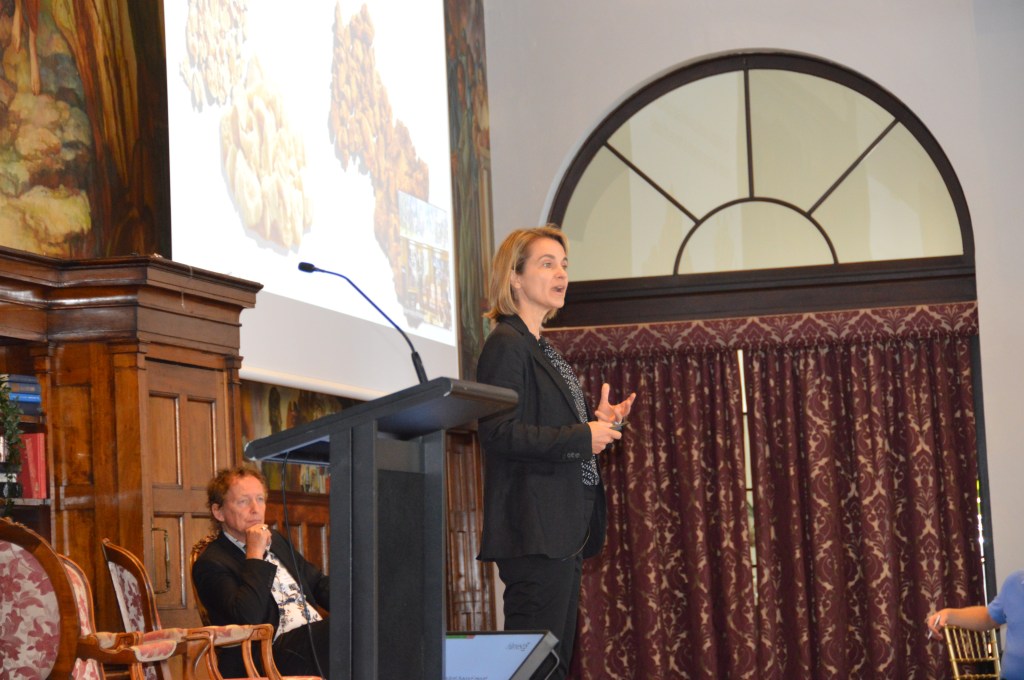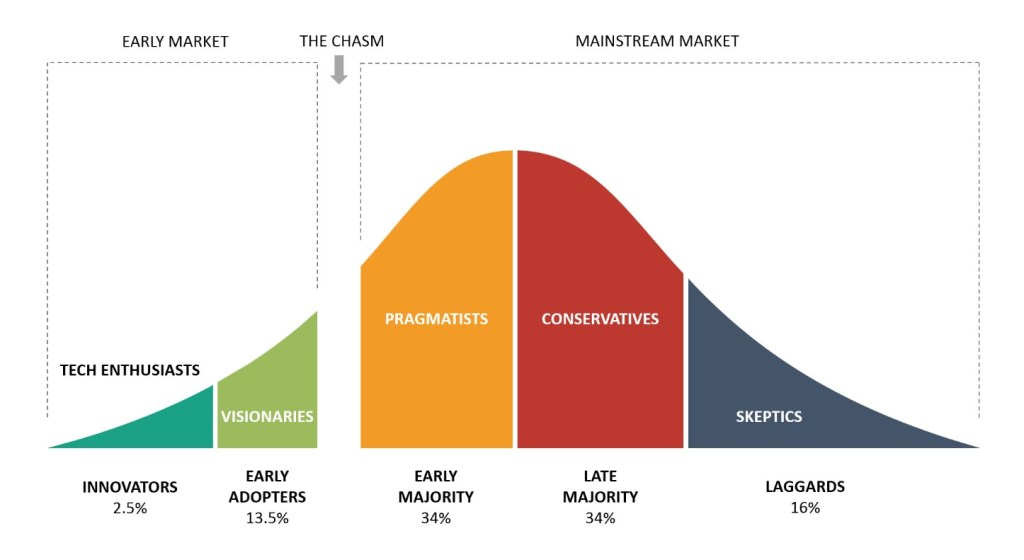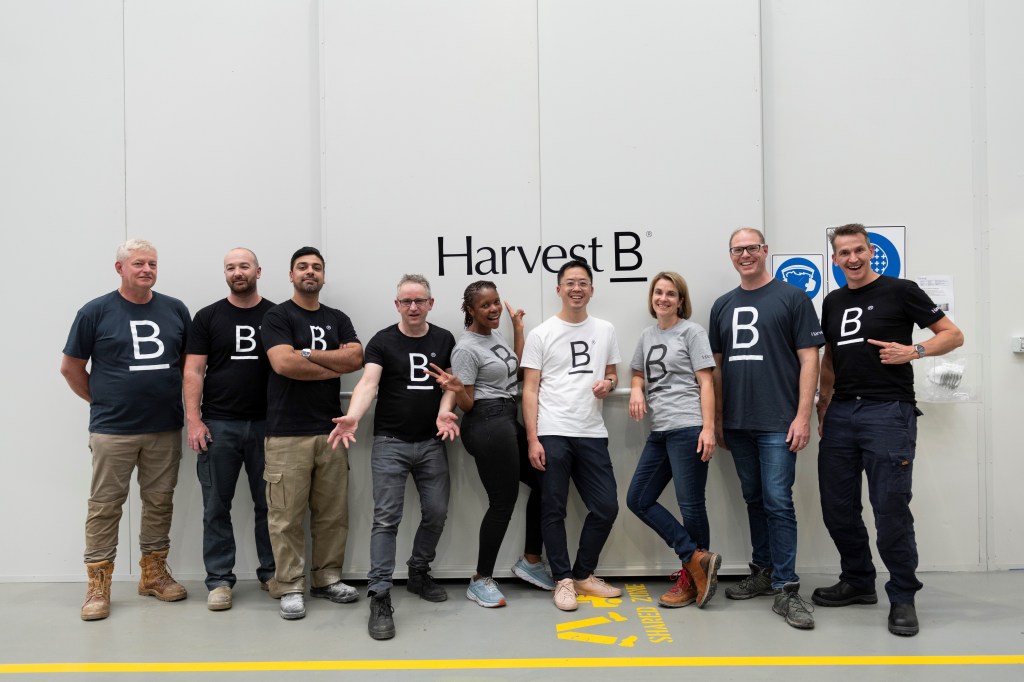Start-ups’ best asset is the speed at which they work, but in order for their products to hit the right mark, their R&D needs to be laser-focused, and their launch perfectly timed.
At a recent R&D Deep Dive event, Kristi Riordan, co-founder of B2B food tech company, Harvest B, took to the stage to outline how start-ups can ensure their R&D strategy is as effective as possible.
Riordan, who has extensive experience in fin-tech and ed-tech, has previously spoken to Future Alternative about the need for Australia to increase its investment in R&D and value-add manufacturing. Australia is currently ranked 91st in the world for its economic complexity, despite having the 19th largest GDP, and a lot of this, Riordan says, comes down to our reliance on commodity exports.

“I believe it’s directly correlated to the fact that we’re not investing enough in R&D in this country,” she said. “We’re punching well below our weight; we have the capital and the talent to drive that number up.”
Timing is critical
Riordan outlined a number of considerations that start-ups need to examine before establishing an R&D strategy. Perhaps the most important, she said, is a solid understand of the market you’re playing in, and how it’s being embraced by consumers.
Riordan pointed to the Innovation Adoption Curve, which demonstrates the adoption process of a new product or innovation, according to defined consumer groups.

Essentially, every new technology – whether it be a smartphone, streaming service or plant-based meat – goes through this cycle. First, the product/technology is embraced by early adopters, who tend to be curious and forgiving. But that market isn’t sizeable enough, so manufacturers need to shift towards their second generation product, designed for the mainstream market. This is where incumbent businesses start to pay attention, and the commercial opportunity is, of course, far greater.
“The problem is, to go from Early Adoption to Mainstream requires Crossing The Chasm. And The Chasm is just as you’d image: it’s a deep pit. It’s dark. It’s scary. Companies fall off, they drop out, brands disappear, revenues decline. That’s what is happening now in plant-based protein, and it’s accelerated by the macro-economic climate,” Riordan said.

Riordan said understanding this acceptance cycle – and where your industry is positioned in it – is critical in devising a R&D strategy.
“If you select your R&D strategy and you don’t understand the timing of the market, you’re going to bring something to market that doesn’t fit and you’ll have wasted your time and investment in R&D.”
A clear vision
The best way for your start-up to move quickly – but in the right direction – is to ensure all team members are working towards the same goal. According to Riordan, this goal often needs to be quite specific, and can change any number of times along the way, but there needs to be clarity across the board. This guarantees people’s skills and efforts are being invested in exactly the right place – and together as a team.
Riordan uses the analogy of landing a plane. “There is no point in having the perfect landing, but at the wrong airport,” she said. “We’ve probably all had people we’ve worked with who are so excited by a technical concept, by a problem they believe they can solve. But the problem is, nobody wants to buy it.

“Let’s say you’re navigating a plane. You’re fighting the storms, you’re accelerating, and you landed at Fiji. But the passengers wanted to go to Hawaii. Good landing, but it’s not where the passengers want to be. They won’t be repeat customers on your airline.
“How do we avoid that? If you’re operating in a truly innovative field, everything you’re doing in your organisation has ambiguity surrounding it, so you have to constantly be surfacing questions, understanding where the team might not be aligned, and creating clarity on what it is you want to do. What airport do you want to land at?” Riordan said.
Going back to the Innovation Adoption Curve, Riordan said plant-based businesses need to move to the second generation of products, to access the mainstream market. In order to do this, they need to get two things right: price and taste. This is Harvest B’s airport of choice.
“We need to be able to deliver products at a lower cost, that taste great consistently … That’s the job we’re trying to help our customers do … It’s very easy to get focused on making a product healthier, but to win in this market we need to solve taste and affordability first.”
It’s imperative, she said, that the whole team is on the same page before diving too deeply into R&D. Yes, speed is critical, but just like with the ‘perfect landing, wrong airport’ analogy, speed is of little value if you’re running in the wrong direction.
“What does success look like? How are we going to define that? Lets decide that before we actually start investing in R&D … At Harvest B we use six week sprints, which is something that’s actually taken out of software development technology, and that allows us to constantly be reassessing how we’re doing. Are we getting to the right airport? Do we need a different airport, and do we have the right path to get there?”
To learn more about Harvest B and the role it’s playing in Australia’s plant-based sector, listen to our podcast episode with Kristi Riordan below.
To stay up-to-date on the latest industry headlines, sign up to Future Alternative’s enewsletter.
Posted on:


